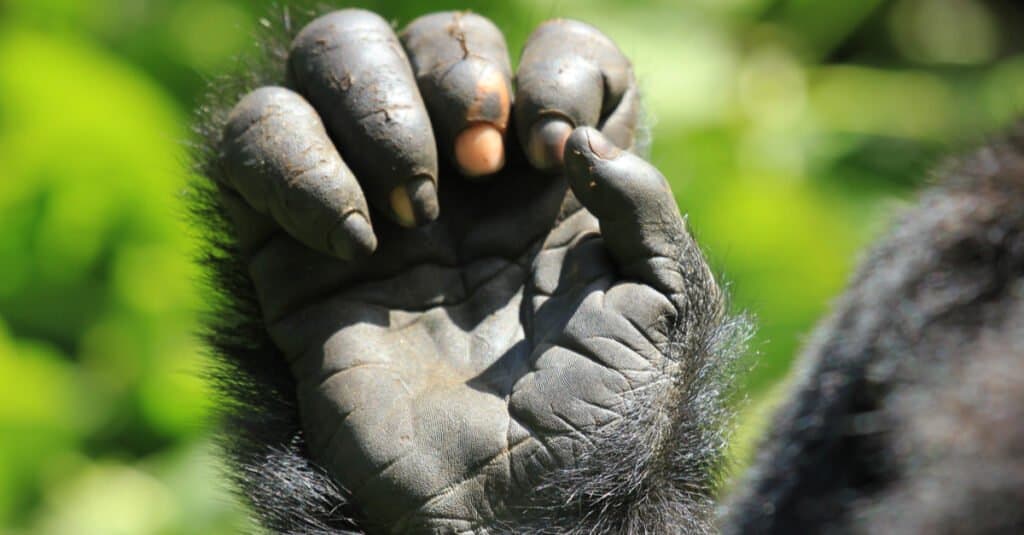Learn Gorilla Social Behavior
Gorilla Social Behavior. Gorillas inhabit familial units known as troops. Troops typically consist of one adult male or silverback, several adult females, and their progeny. Nonetheless, groups consisting of multiple males also exist.
A silverback is generally over 12 years old and is named after the characteristic patch of silver hair on its back that develops with maturity. Silverbacks possess substantial canine teeth that develop with age. Both males and females typically depart from their natal groupings.
In mountain gorillas, females exhibit a greater tendency to disperse from their natal groups compared to males. Mountain gorillas and western lowland gorillas frequently migrate to secondary groups. Adult males often depart from their groups to form independent units by enticing migrating females.

Male mountain gorillas occasionally remain in their natal battalions and assume a secondary role to the silverback. Should the silverback perish, these males may attain dominance or copulate with the females. This behavior has not been documented in eastern lowland gorillas.
Upon the death of the silverback in a solitary male group, the females and their progeny disperse to locate a new tribe. In the absence of a silverback for protection, the infants are likely to succumb to infanticide.
Joining a new group is certainly a strategy to counter this.
Typically, gorilla troops disperse upon the death of the silverback; however, female eastern lowland gorillas and their progeny have been observed remaining united until a new silverback integrates into the group. This probably functions as a safeguard against leopards.
The silverback commands the troop’s focus, making decisions, managing disputes, directing group movements, guiding others to feeding locations, and ensuring the safety and welfare of the troop.
Juvenile males subordinate to the silverback, referred to as blackbacks, may provide supplementary protection. Blackbacks are aged from 8 to 12 years and do not possess silver back hair.
The relationship between a silverback and his ladies constitutes the foundation of gorilla social structure. Relationships among them are sustained through grooming and proximity. Females establish robust associations with males to secure mating prospects and safeguard against predators and infanticidal external males.
Nonetheless, violent behaviors between males and females do manifest, albeit infrequently resulting in significant injury. Interpersonal dynamics among females may differ.
Females connected by maternal lineage within a group generally exhibit amicable behavior towards one another and maintain close associations. Conversely, females experience limited amicable interactions and frequently exhibit aggression towards one another.
Females may compete for social access to males, and a male may intervene. Male gorillas exhibit feeble social connections, especially within multi-male groups characterized by evident dominance hierarchies and intense rivalry for mates. In all-male Gorilla safarisgroups, males typically exhibit amicable connections and socialize through play, grooming, and proximity, occasionally partaking in gay interactions. Severe hostility is uncommon in stable groups; nonetheless, when two mountain gorilla groups converge, the silverbacks may occasionally engage in lethal combat, use their canines to inflict deep, gaping wounds.
Similar to humans, gorillas are very social and form strong bonds; they express emotions and exhibit caring for one another. During your gorilla safari, you will observe the bonds and relationships that exist among the gorillas.
Reserve with Gorilla Trekking in Africa for an unforgettable gorilla trekking expedition in Uganda and Rwanda. Contacts to acquire further information regarding social behavior in gorillas.
